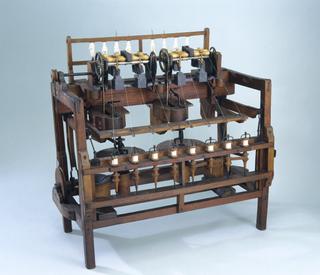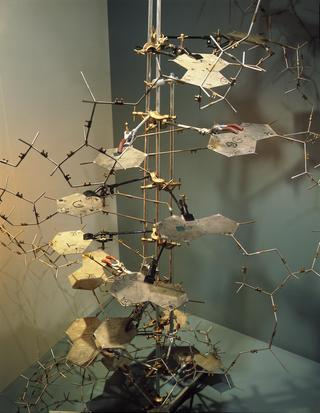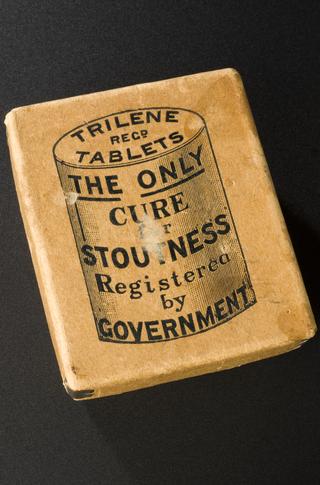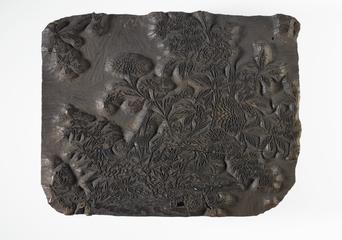
Sewing machine by Elias Howe

Lockstitch sewing machine by Elias Howe, Lowell, Massachusetts, United States, made about 1846, the first sewing machine to be brought to England from America in that year.
Elias Howe's lockstitch sewing machine, c. 1846. This was the first practical sewing machine to be brought to England from America by Amasa Howe, who sold it to William Thomas. Thomas took out a British patent for the design and founded the Thomas Company, later W F Thomas & Co. Similar to the US patent model in the Smithsonian Institute, Washington, it corresponds closely to the drawing and British patent specification. Howe initially had little success with the machine in the UK. However, on his return to the USA, he discovered that sewing machine manufacture was flourishing there. Thereafter, Howe endured long legal battles against makers including Singer, eventually receiving royalties on their machines, and becoming a rich man.
Details
- Category:
- Textiles Machinery
- Object Number:
- 1919-235
- Measurements:
-
overall: 290 x 225 x 220 mm
- type:
- sewing machine
- credit:
- Thomas, William Frederick




